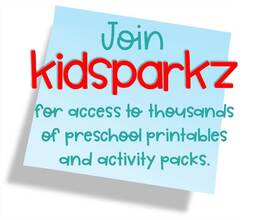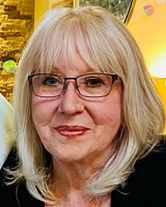|
52 (Hands-on) Games and Activities to Make Learning Letters and Sounds Fun Most of these activities and games can be used with any letter or letters, and can also be adapted for numbers and number names. Play or do some of them every day! 1. Cut out a large letter shape; child decorates with stickers, stamps, markers or collage materials. These could be related to the letter sound, such as glitter for G, sequins for S, pompoms for P. 2. Write the same letter on some 2” circles or squares, and punch 2 holes in each. Child strings with yarn to make a necklace or belt. 3. Cut out some headlines from a newspaper or magazine. The child points out, circles or Xs a particular letter (or punctuation mark, or word). 4. Hide 12 to 15 letters (printed on paper) around the room (house). Have a treasure hunt. 5. Try to make a letter shape with your body, lying on the floor. 6. Tape a large written letter to the bottom of a laundry basket, and toss beanbags, balls or rolled up socks from a distance. 7. Sculpt a letter with playdoh, clay, bread dough, or sugar cookie dough. Bake and eat if appropriate. 8. Help the child form letters with thick chenilles, and hang from the ceiling. 9. Sing a well-known song, not with the usual words, but with only the sound of a particular letter. So Old MacDonald becomes: na na na na na na na, na na na na naa (remember to keep the sounds short). Have the written letter visible while singing. 10. Copy the shape of a letter using blocks on the floor. 11. Large dot-to-dot letter shape. 12. Make a 1.5’ wide strip of paper with the same letter written in a line. The children cut between the letters and say the name as they cut each one. 13. Crayon rubbing over a cardboard shape letter. Use different sizes and colors for an interesting design. 14. Teacher or child writes letters with white crayon, children wash over with watercolors and watch the letters appear. 15. Write large letters outdoors with chalk. Children hop, skip etc around them, chanting the name or the sound. 16. Play Concentration with pairs of letters. 17. Have a handful of foam or paper letters – throw them into the air! Find all the A’s…etc. 18. Draw a letter with finger in cream cheese or peanut butter on an English muffin. Line it with raisins, cereal rings, choc chips etc. 19. “Sing, sing, sing an F, sing it loud and clear! Tell the children everywhere the letter F is here!” Tune is Row Your Boat. Hold your F cards up and wave them. Use any letter. 20. Make mini puzzles with index cards. Cut them in half, mix up the pieces. Don’t use too many at once. 21. Search for foam, plastic, paper letters in sensory box (sand, cornmeal, etc). 22. Chanting and clapping words and sounds; e.g. Dog, donkey, duck! Dog, donkey, duck! De de de, Dog, donkey duck! (Clap, clap, slap knees). Adult holds up letter being chanted. 23. Salt and sand trays: have a letter printed on paper under the sand. Trace it with a finger, or a stick object. 24. Some letters can be created with craft/skill sticks. Place sticks over a large letter on paper, or make it freehand on a table or floor. It can be glued together. 25. Trace letters in finger-paint; in pudding; in shave cream. 26. Put some items that begin with a particular letter in a bag. Children feel and guess e.g. marker, mouse, mint, marble 27. Letter finger puppets: “2 little letters sitting on a (tree), 1 named A and 1 named B. Fly away A, fly away B, come back A, come back B.” 28. Sprinkle baby powder on a table, and trace letters in it. Baby theme? Letter B? 29. Stepping stone letters – tape the paper ”stones” with letters written on them to the floor, children jump from one to the next. Or be frogs jumping on lily pads. 30. Make paper airplanes with a letter written on the side. Fly them, race them 31. Cut out a group of items, perhaps relating to the current theme or holiday e.g. balloons, shamrocks, cars. Write the letter being studied on some of them, and other letters on the others. Children find the directed letter. 32. “Oh do you know the letter (B), the letter (B) the letter (B), of do you know the letter B, that’s the letter (B)!” Tune is Muffin Man. Children point to the letter being sung about. 33. Trace a written letter with a squeezable pointed glue container. Sprinkle with colored sand from paper bowls. Shake excess sand back into bowl 34. “If you see a letter (any letter), then clap your hands (clap clap)”. Tune is “If you’re happy and you know it, clap your hands”. 35. Make letters on a window or glass door with window markers or finger paint with liquid soap added. 36. Make a caterpillar with paper circles with a letter written on each circle. It could be the same letter, letters in the child’s name, the full alphabet (that’s a long caterpillar!) 37. Take a flashlight into a darkened room, and ”write” a letter on the wall or the ceiling with the light beam. Can you guess which letter I am writing? 38. Give children their own envelope with name written on it, containing paper, foam or magnetic letters. Empty them out, and find the directed letter, letters in name, 3-letter word etc. 39. Tape 3 or 4 learned letters to the wall. Jump to the A. Crawl to the B. Tippy toe to the C etc. 40. Gather together a set of products, packages and cans. Hold up a letter, or name one. Can you find this letter anywhere on the packages and cans? 41. Blending sounds – say the first sound of a word and then the rest of the word e.g. d-og. Children try to blend the sounds and discover the word. 42. Say the letters of the alphabet in sequence around a circle. Each child says the next letter in the sequence. 43. Go on a “letter walk” in the house/school or neighborhood. Every 10 ft. or so, put a letter on the ground. Go back the same way, looking for the letters, naming them and picking them up as you find them. 44. Eat a Cheerio (or similar). Teacher/leader holds up a letter and says its name (or sound). If the statement is true, children eat a Cheerio. If it is false, they do nothing. 45. Use a timer with a ring. Find all the as you can before the timer goes off. Use a pile of paper, foam or magnetic letters. 46. Fishing for letters – a magnet on the end of a string tied to a dowel. Letters written on paper fish with a paper clip on nose or tail. 47. Make letter puppets with craft sticks, and play games with them 48. Designate a letter doll or teddy. Tell a story about it, and give it a personality. Have the children give the named letter (or letter matching a sound) to the teddy. 49. Everyone wears a letter headband, or badge, or stamp on the back of the hand for part of the day. 50. Playdoh activities: make letters by drawing with sticks; use letter cookie cutters; press magnetic letter shapes. 51. Make a collage design with round colored stickers (from drugstore) on which teacher has written a letter. 52. Dab circles along the lines of a large printed letter with colorful paint dabbers More about letters and literacy ...
14 Comments
This 188 page bundle includes 5 of my Pre-K for a Day curriculum packs, all related to the theme of Valentine's Day. This bundle would be perfect to use as part of a curriculum lesson plan in February. With all the activities and centers that I stuff into these Theme for a Day packs, this bundle could extend for at least 2 weeks or more. Some activities could be saved until next year. The 5 packs in the bundle each focus on an important concept that can be linked to Valentine's Day. The emphasis is on sharing, caring, and talking about love, as it is experienced in early childhood. Hands-on centers and activities also feature letters, numbers, colors, shapes, pre-writing and emergent reading skills. Here is a peek at some of the pages from the separate packs in the bundle. Friends and Valentines 1 - THE COLOR RED Friends and Valentines 2 - HEART SHAPES Friends and Valentines 3 - WAYS WE COMMUNICATE Friends and Valentines 4 - THE PEOPLE WE CARE ABOUT Friends and Valentines 5 - CELEBRATE VALENTINE"S DAY
26 important things to do to encourage the love of reading in early childhood environments 1. Use rich and complex language when interacting with children. Use descriptive words such as “proud”, “forgetful” and “translucent” in everyday language and sentences, and the children will pick up the meaning of the word in its context – if not the first time, then the second or the third. 2. Encourage the children to use complex language and sentence structure by modeling words for the children to hear and say. Speak to them, as you would want them to speak back to you. Encourage them to express how they are feeling. 3. Read to small groups at story times. Make sure the children are comfortable. Show the cover of the book you will read and introduce the characters. Tell a little bit about the story. Hold the book so that the children can see the pictures. Make faces and change your voice to bring the characters to life. Stop and talk about what the pictures show and what might happen next. 4. Read fiction and nonfiction books aloud daily, a little beyond what you think the children can understand. Encourage them to ask questions, to discuss that they have heard and seen in the pictures, and to pretend to read the stories themselves. 5. Read to one or two children at a time when they make a request or when you want to share a book that's just right for a particular child. Use these read-aloud sessions to encourage children to talk about the story and the characters and to share their own ideas. 6. Provide props and costumes so that stories can be acted out. Have a box full of hats and scarves and bits and pieces, so that the children can create their concept of the characters. 7. Encourage empathy and extend imagination by asking the children how they think the character is feeling. Have them change the ending of the story, or tell what they think might happen after the story has ended. 8. Encourage children’s questions, and don’t necessarily answer immediately. Challenge them to think by giving part of an answer, and letting them make a connection. If they discover their own “answer” with a little bit of prodding, they will remember it longer. This also encourages self-confidence in their own ability to solve problems and reach conclusions. 9. Provide opportunities to arouse curiosity about their surroundings and the world. Offer opportunities to experience and discover things beyond their everyday environment. Play different kinds of music, for example ethnic, classical, rock, and not just “children’s” music. Have available paints to mix, seed to plant, and of course reading materials of many kinds. 10. Try to relate the “themes” that you present to the children with what they have an interest in at the time. You could have 3 or 4 themes going at once, depending on the level of fascination. Personal discovery is a powerful motivator to remember. 11. Variety in our surroundings arouses interest – rotate toys, activities and “centers”. Leave things available long enough for interest to wane a little, them bring them out again in a few weeks. New learnings will be added, I guarantee. 12. Field trips add amazing dimensions to interest, learning, and motivation. Make our world AUTHENTIC rather than “virtual”. Read the book, then visit the scene, then read the book again. WOW! 13. It is so important to demonstrate and model the mechanics of reading and experiencing books. Show how to hold it, to turn the pages, to recognize the beginning and the end. Point out punctuation marks, word breaks, paragraph breaks, different kinds of print, and different kinds of reading materials. Name the author and the illustrator, explain their roles. 14. Surround the children with print, letters and words besides books. Label objects, post the alphabet, play lots of matching and categorizing games. 15. Have many touchable, hands-on letters, words and print available. Alphabet puzzles, magnetic letters, stencils. Write letters in the air, on your knee, in sand trays, in finger-paint. Have wring materials (crayons, markers etc) available all the time. 16. Draw children’s attention to the sounds of the letters (phonemic awareness), and how they sound when they are part of a word or a sentence. This is a very important skill to develop. When the shape of a letter is introduced, associate it with it’s sound. 17. Read many books that focus on the sounds of words and letters, such as Dr Seuss, Chicka Chicka Boom Boom, nursery rhymes etc. Hesitate when saying the rhyming word, so the children can fill it in. 18. Play lots of rhyming games, such as “clap when you hear two words that rhyme”, or ask if two particular words rhyme. Chant them. Clap or stamp syllables of words, especially names. Count the syllables. Count the words. Exaggerate the sounds. 19. When indicating the first sounds of words, say it as a short sound. For example, say “de” quickly instead of “dar”. 20. Write down the children’s “words” as much as possible. Descriptions of pictures, what they did last night, a fantasy story, everything. Let them see you write it. Tell why you are leaving a space, or putting a dot. Point to each word and read it back to them, and let them read it with you. 21. Learn about your library's services for young children. Sometimes librarians can visit childcare programs to discuss books and ideas. Borrowing from the library is a great way to expand book access. Order ahead online. 22. Create a colorful, well-lit, carpeted library area with soft chairs or pillows. Place books, magazines, and other reading materials with covers face up on low shelves or a rack so children can see them. Decorate the area with book posters and displays about favorite books. Offer a flannel board, puppets or other materials for acting out stories 23. Encourage children to develop the small muscles used for writing. They can cut, paste, draw, paint, thread beads on a lace, roll play dough, connect small blocks, use a keyboard, play a drum, spread peanut butter on a cracker. 24. Set up a special place where children can practice writing. Provide a table and chairs and low, open shelves filled with lined and unlined paper, writing tools, junk mail and catalogs, office supplies, a typewriter, and other items to encourage children's make-believe play 25. Include a few ready-made blank books (e.g., 10 pieces of paper folded in half and stapled on the fold) for children's use. Provide binding supplies such as cardboard for covers, a hole punch, string, or a stapler 26. Include opportunities for writing as a part of children's play. Offer writing materials and props for real workplaces--a restaurant, store, health clinic, or travel agency. Children can write menus, sales receipts, prescriptions, and tickets Put paper and markers near blocks so that children can make signs or labels for their block buildings More about teaching letters and literacy...
The KidSparkz approach to planning curriculum in early childhood education: How does it help you as teachers and parents, and the children as learners?
FREE download of the day. |
Hello, I'm Susan. My goal at KidSparkz is to offer instantly downloadable, free and low cost early childhood printables and activity packs to busy teachers and parents.
Read more ... |
NOTE: If you are a KidSparkz site member, currently exploring the member area, clicking on any links below will return you to the main site.
What preschool theme are you working on now?
Copyright 2006-2024 KidSparkz.com


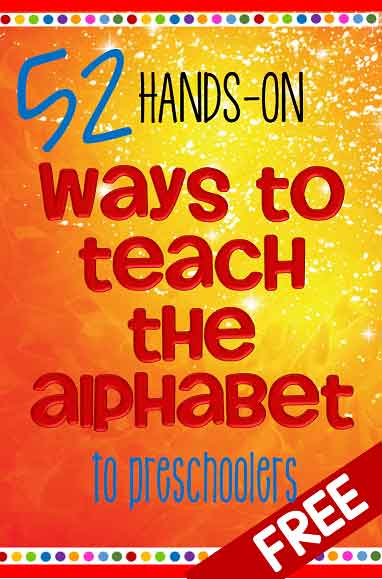
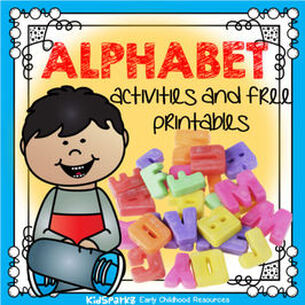
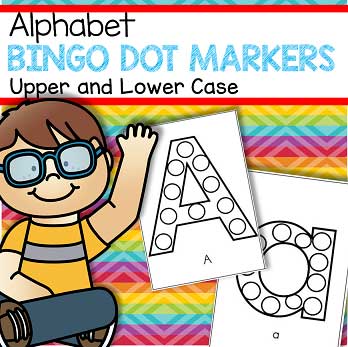
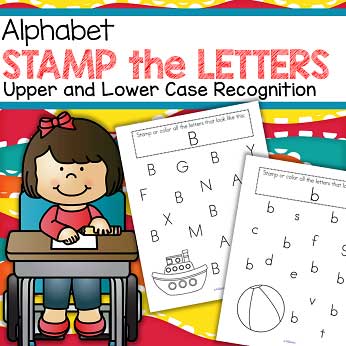
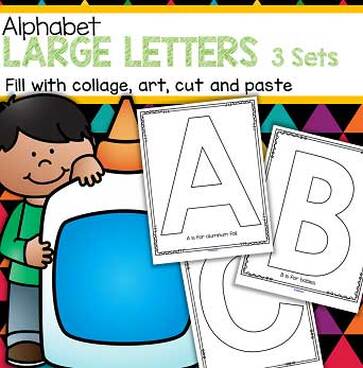


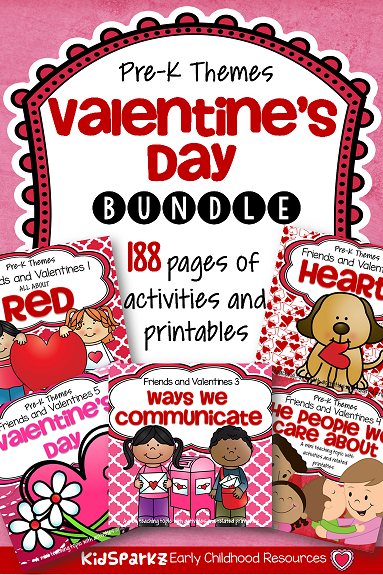
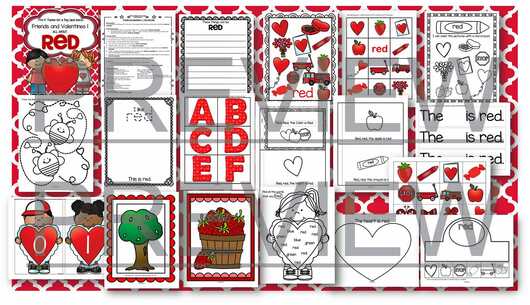
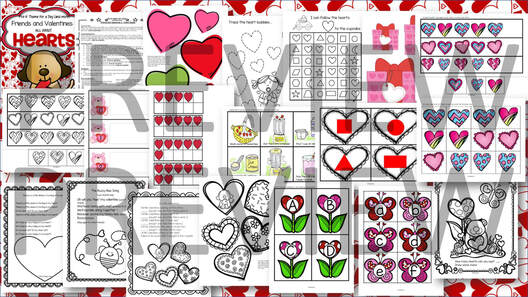
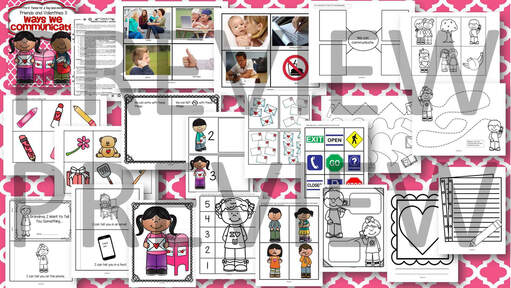
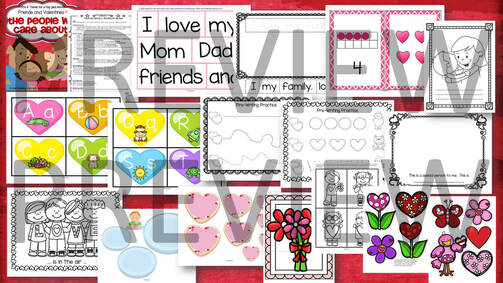
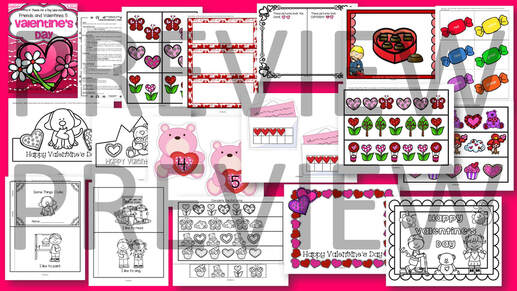


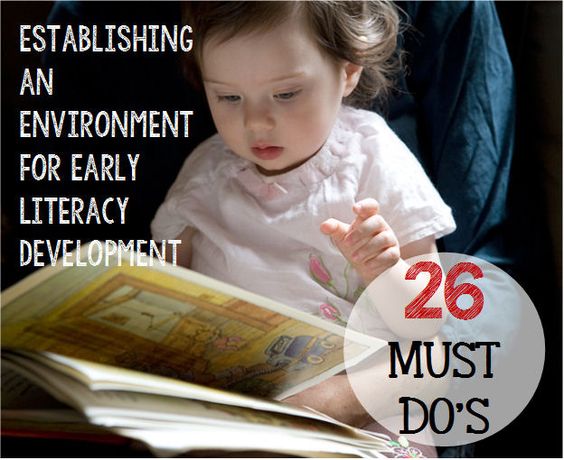


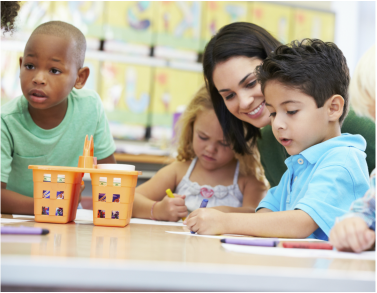
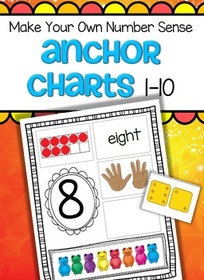


 RSS Feed
RSS Feed
